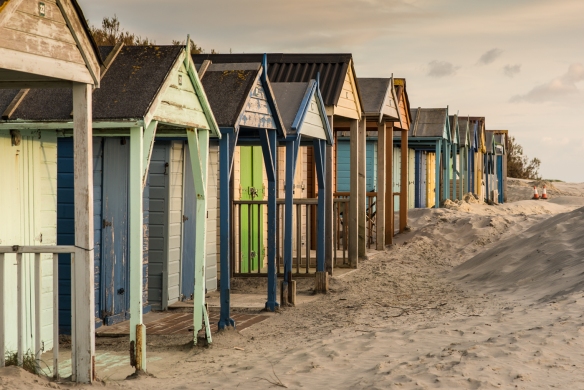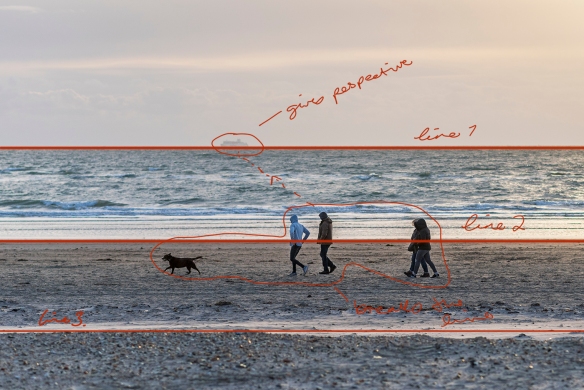Research Blog
JPEGs by Thomas Ruff
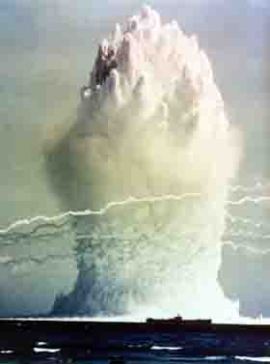
JPEGs by Thomas Ruff
All images that appear on the internet and/or printed in books and magazines today are digitised. Nearly all images are digital even if they originated in non-digital or pre-digital forms. Given this fact it is surprising how few of them ever wish to address the fact that they exist as masses of electronic information that take visual form as pixels. Ruff has done a great deal to introduce into photographic art what we might call an ‘art of the pixel’, allowing us to contemplate at an aesthetic and philosophical level the basic condition of the electronic image. Of course he does this not by showing us the images on screens but by making large scale photographic prints, blowing them up far beyond their photorealist resolution. This might be the first time some of these images have ever taken a material form.
extract from David Campany's blog/essay
http://davidcampany.com/thomas-ruff-the
http://jmcolberg.com/weblog/2009/04/review_jpegs_by_thomas_ruff/
The tremendous beauty of some of the images notwithstanding, the concept itself seems to rely a bit too much on the technique itself. What else is there? Make no mistake, there is nothing wrong with producing beautiful images or images that are “just” beautiful. And everything would be fine if there hadn’t been so many attempts to convince me that in reality “jpegs” is more.
extract from Joerg Colberg's review
These two articles are reviewing Thomas Ruff’s book; JPEGs. In this book he has collected photos from different archives to create his own archive of iconic photos. He has taken the concept that even though many of the images were created on film, they are all now stored in digital format which he found on the ‘web’.
In Joerg’s article he says that the photographer is stating that the idea behind the photos is that even when stored in poor resolution they still have an aesthetical quality. the Question is: is this photography or art? He also makes the point that an individual image can be part of many different archives, each with a different focus. I would relate this 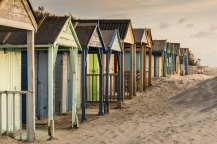 to ‘collections’ in Adobe Lightroom, where a single photograph could be in a number of different collections based on the focus of that particular collection.
to ‘collections’ in Adobe Lightroom, where a single photograph could be in a number of different collections based on the focus of that particular collection.
eg: my beach huts image could be a member of various collections, such as, Beaches, Golden Hour, or Structures.
The 9/11 images were iconic, but of terribly low resolution. With the […] jpeg structure and the results from work with image structures I managed to modify the terribly poorly resolved but still visually aesthetical images my way. ‘Terribly beautiful’ images they were.” In a nutshell, this is the idea behind jpegs.
I find it interesting that he has taken a very modern phenomenon of pixelated photos and printed them. It’s a bit of a reversal of mediums.
This book was made in 2009, most mobile phones, ipads and computers these days have very high resolution screens, so we are used to seeing all of our media in a very photorealistic way, so it actually requires us to look closely at pixelated image to make sense of it. (Was that his point?). I believe most people would continue searching for a better quality image rather than look at a low resolution, pixalated photo these days.
In order to relate this to my own work, I took two recently taken photographs and attempted to create the same effect by re-sizing the photographs to 180 x 270 pixels, and saving at ‘zero quality’ compression using Photoshop’s ‘save for web’.
As David Campney noted that the photos are best appreciated in printed form, I also printed them out, to see how they looked.
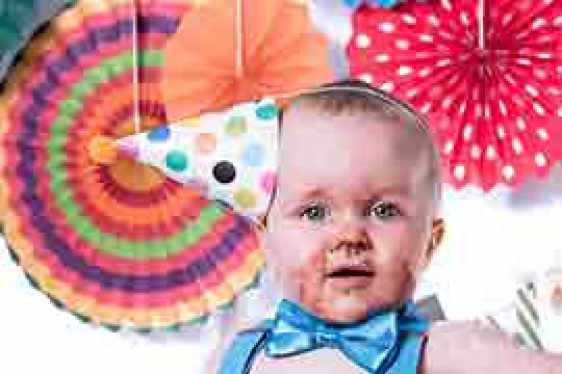

Conclusion:
I initially struggled a bit with the concept, and didn’t get why anyone would want to lower the resolution of an image, but then most photographers edit and amend their images to present them in a format they choose. Therefore, I think there is an argument that photography is just about shape and form, and that humans can understand meaning in images even if they are not realistic.
I wonder, however, how far you can degrade an image before it is no longer recognisable or meaningful? I took the same two images and used the dry brush filter in photoshop to deconstruct the photos even further.


Aesthetically interesting but no longer recognisable? As with Thomas Ruff’s, JPEGs, if you hadn’t already seen the realistic version, would they still have meaning? This is something that might be interesting to explore further.

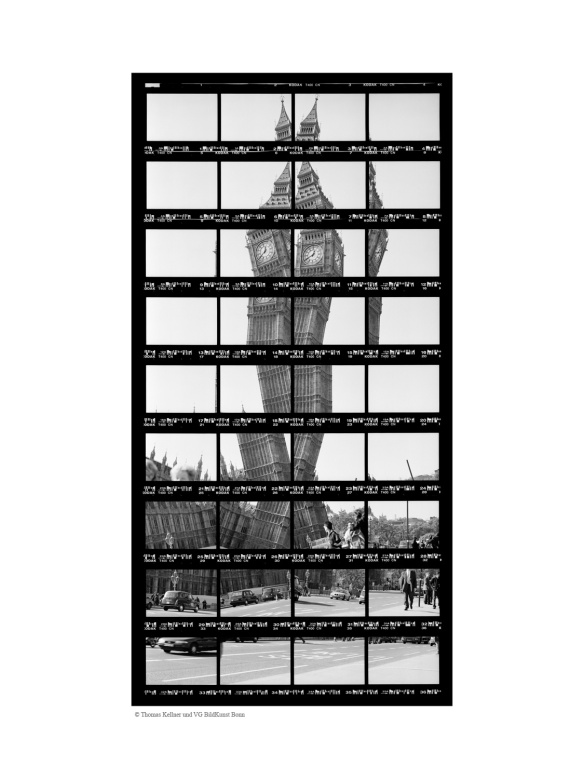
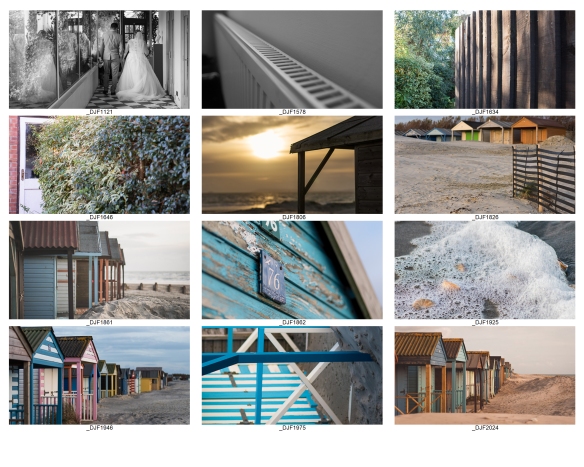 Exercise 1.3 (2) Line
Exercise 1.3 (2) Line Review your shots from both parts of Exercise 1.3. How do the different lines relate
Review your shots from both parts of Exercise 1.3. How do the different lines relate